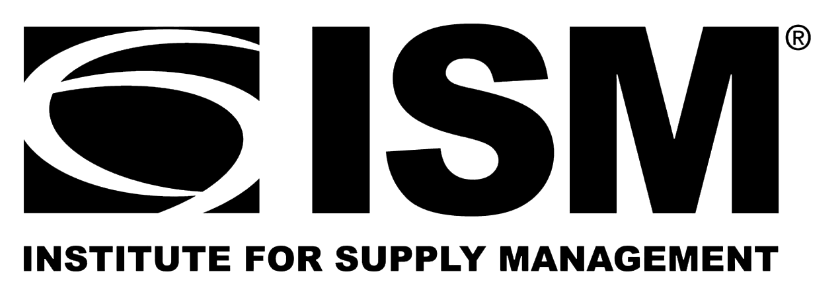Economy

Fed: Economy Feels Government Shutdown, Harsh Winter Weather
Written by Tim Triplett
March 12, 2019
U.S. economic activity continued to expand in late January and February, but might have expanded more were it not for the government shutdown and harsh winter weather conditions, reports the Federal Reserve in its March 6 Beige Book. Ten of the Fed Districts reported slight-to-moderate growth, while Philadelphia and St. Louis reported flat economic conditions.
About half of the Districts noted that the government shutdown had led to slower economic activity in some sectors including retail, auto sales, tourism, real estate, restaurants, manufacturing and staffing services. Consumer spending activity was mixed across the country, with contacts from several Districts attributing lower retail and auto sales to harsh winter weather and to higher costs of credit.
Manufacturing activity strengthened on balance, but numerous manufacturing contacts conveyed concerns about weakening global demand, higher costs due to tariffs, and ongoing trade policy uncertainty.
Activity in the nonfinancial services sector increased at a modest-to-moderate pace in most Districts, driven in part by growth in the professional, scientific and technical services sub-sector.
Residential construction activity was steady or slightly higher across most of the U.S., but residential home sales were generally lower. Several real estate contacts noted that inventories had risen slightly but remained historically low, while home prices continued to appreciate but at a slightly slower pace. Agricultural conditions remained weak, and energy activity was mixed across Districts, the Fed reported.
Employment and Wages
Employment increased in most Districts, although labor markets remained tight for all skill levels, including notable worker shortages in information technology, manufacturing, trucking, restaurants and construction. Labor shortages are restricting employment growth in some areas. Wages continued to increase for both low- and high-skilled positions across the nation, as did nonwage forms of employee compensation, including bonuses, relocation assistance, vacation time and flexible work arrangements.
Prices on the Increase
Prices continued to increase at a modest-to-moderate pace, with several Districts noting faster growth for input prices than selling prices. The ability to pass on higher input costs to consumers varied by region and industry, depending on demand and industry competition. A few Districts continued to report upward price pressures from tariffs on certain goods and services. However, several Districts noted that the price of steel, which has been impacted by tariffs, had stabilized or fallen recently.

Tim Triplett
Read more from Tim TriplettLatest in Economy

New York state manufacturing index drops again in April
Firms were pessimistic, with the future general business conditions index falling to its second lowest reading in the more than 20-year history of the survey

Construction adds 13,000 jobs in March
The construction sector added 13,000 jobs, seasonally adjusted, in March, but tariffs could undermine the industry.

Supply chains, end-users brace for impact from tariffs
Supply chains are working through what the tariffs mean for them

ISM: Manufacturing expansion loses steam after two months of growth
US manufacturing activity slowed in March after two straight months of expansion, according to supply executives contributing to the Institute for Supply Management (ISM)’s latest report.

Chicago Business Barometer rose to 16-month high in March
The Chicago Business Barometer increased for the third-consecutive month in March. Despite this, it still reflects contracting business conditions, as it has since December 2023.
